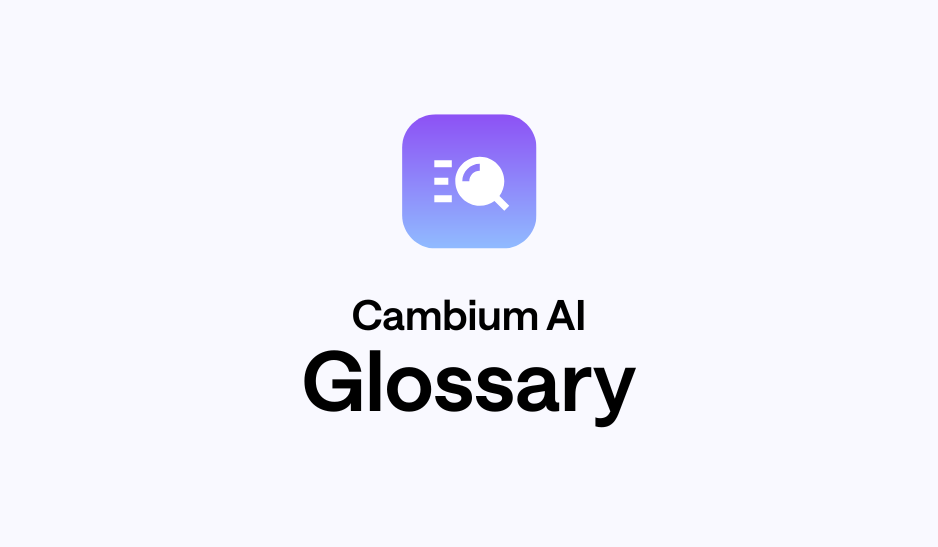Disability Status by Type | Demographic Glossary

Definition
The distribution of the population by specific types of disability (e.g., hearing difficulty, vision difficulty, cognitive difficulty, ambulatory difficulty, self-care difficulty, independent living difficulty).
Why It Matters
Provides highly granular insight into the specific impairments faced by individuals with disabilities. This is crucial for designing targeted products, services, and accessible environments.
Specific Relevance for Professionals:
Marketers
Enables precise targeting for specialized products and services (e.g., hearing aids for hearing difficulty, mobility aids for ambulatory difficulty, adaptive technologies for cognitive difficulty).
Researchers
Fundamental for studying the prevalence of specific impairments, their causes, and the effectiveness of targeted interventions or rehabilitation programs for different types of disabilities.
Consultants
Crucial for advising clients on product development for specific disability markets, accessibility improvements (e.g., website accessibility for cognitive disabilities), or specialized care services.
Public Policy Workers
Paramount for informing policies related to accessibility standards (ADA compliance), designing specific support programs (e.g., for visual impairment), and allocating resources for various types of disability services.